From Crash Bandicoot to The Last of Us Part II
There’sThere’s an old commercial from the 1990s that always stuck with Evan Wells. In it, a bottle of Listerine swings through a jungle on a vine, Tarzan-style, signifying the arrival of an exciting new flavor of mouthwash. The entire thing was built using computer-generated visuals that, today, look simple and dated. But it was a huge moment for Wells.
“I very clearly remember thinking, ‘Oh, those ray-traced graphics, games will never look like that!’” says Wells, who now serves as president of Uncharted and The Last of Us developer Naughty Dog. “And you look back at that commercial, and it’s nothing compared to what we’re doing now.”
Wells knows better than most the ways 3D graphics have changed over the years and how those changes influenced the medium. He started his career working at studios like Sega and Crystal Dynamics, which meant developing games for early 3D-capable consoles like the 3DO. His first taste of the original PlayStation came when he served as lead designer on the platforming sequel Gex: Enter the Gecko. “As soon as we got our hands on the PlayStation, the promise was just so much stronger,” he says. Wells says that, at this point in time, most people had no idea what they were doing as the medium shifted from 2D games to three-dimensional worlds, but that’s also what made it such an exciting period.
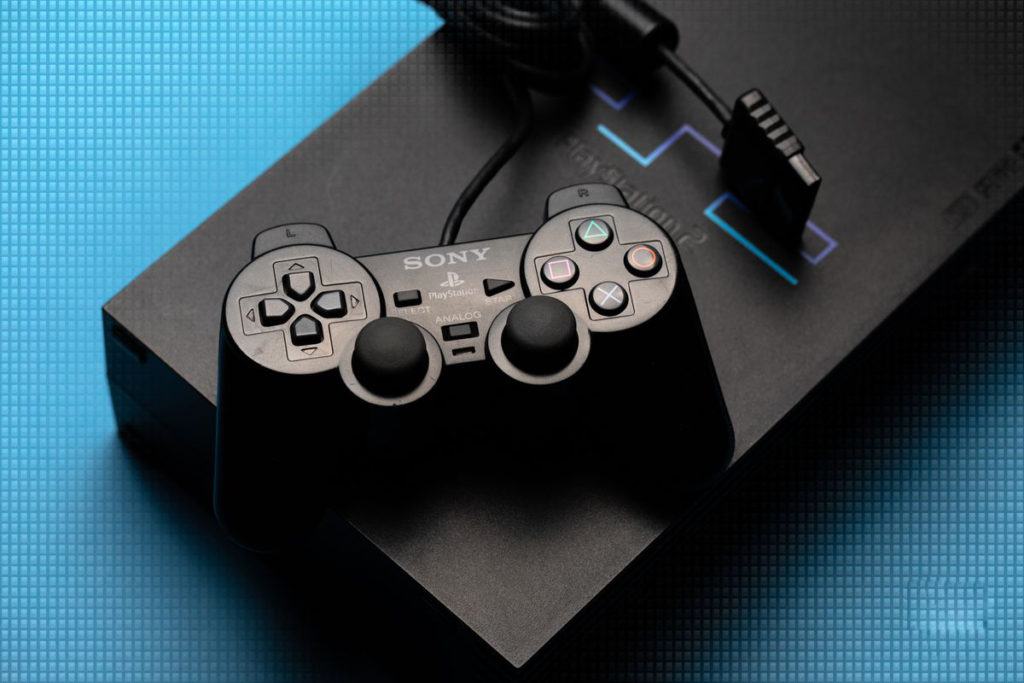
“Everybody was coming to grips with how to design games in 3D at that point. It was a wild west,” Wells explains. “Nobody knew how to make fun gameplay, nobody knew how to deal with cameras in 3D. Everyone was experimenting in all of these different avenues, which was exciting. You really didn’t have a roadmap to follow, and because of that, there were different types of games being developed. And I think the diversity of games being developed was much more akin to the indie scene now, where you see much more experimentation than in AAA development.”
There was one developer, in particular, that impressed Wells during this period. One of Gex’s biggest competitors came in the form of Crash Bandicoot, a series that took a very different approach to 3D platforming. Instead of presenting players with large open spaces or classic side-scrolling stages, Crash was more tightly constructed, with a third-person perspective that funneled players through levels filled with puzzles and setpieces. “Seeing what Naughty Dog was doing, and approaching it in such a different manner, is what drew me to join the studio,” Wells says. “They were taking advantage of streaming data off of the CD, in what, at the time, was a pioneering effort. The results that they were able to achieve in terms of the graphical fidelity… I was just shocked, and so excited to get down here and figure out how they were doing it.”
“As soon as we got our hands on the PlayStation, the promise was just so much stronger.”
Wells joined Naughty Dog in 1998, and he went on to lead the Crash team through the tail-end of the PlayStation’s lifespan. But around that time, yet another monumental change was happening with the imminent release of the PlayStation 2. (Naughty Dog was also acquired by Sony in 2001, making the studio a PlayStation-exclusive developer from then on.) Wells says that when he first started hearing details of the PS2 and its specs, which included significantly more processing power as well as increased storage through DVDs, he quickly realized that “it was an enormous leap” over what was possible with the original PlayStation. “The processing power that we had from PlayStation 1 to 2 was probably the biggest advancement between generations,” he says.
This leap had an impact on the games Naughty Dog set out to make. Whereas PlayStation-era Crash was a mostly linear affair, for the PS2, the studio created a more open-ended adventure with the Jak and Daxter series. Similarly, the new tools meant the developers were able to increase their narrative ambitions. “It allowed us to go from the very rudimentary storytelling we could do on the PlayStation 1 to full-on cutscenes with dialogue on the PlayStation 2,” says Wells.
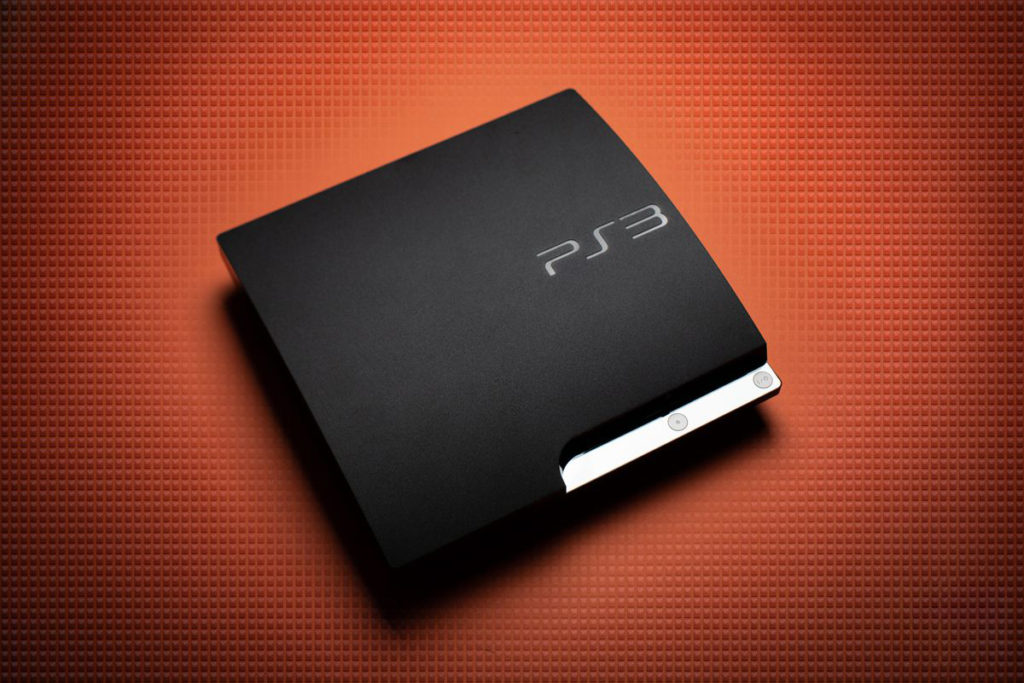
This focus on storytelling would go on to become a hallmark of Naughty Dog, which used the new technology to create more cinematic narratives. The studio’s debut on the PS3 was an Indiana Jones-like adventure called Uncharted: Drake’s Fortune, which would go on to spawn multiple sequels; four years later saw a darker turn with the haunting post-apocalyptic game The Last of Us. Cartoon bandicoots running through colorful landscapes were gone. Instead, Naughty Dog games became known for their thrilling cutscenes and lifelike performances of their characters. Nolan North is one of the most prolific voice actors in video games, but he’s still best known for voicing the lovable rogue Nathan Drake.
It wasn’t just the games that changed over this time; the process of making them changed, too. Wells says that the single biggest shift from the original PlayStation to today is one of scale: the games are so much bigger, and they require massive teams and lengthy development cycles. It took around a dozen people to develop Crash Bandicoot in 1996, whereas now the studio employs hundreds of developers. In its earlier days, Naughty Dog released a new game every year or so, but as the games have increased in scope, the studio now focuses on fewer, bigger games. When The Last of Us Part II debuts next year, it will be Naughty Dog’s first full-fledged release since Uncharted 4: A Thief’s End in 2016.
“I’ve come to really appreciate the niche that we’ve carved out for ourselves.”
“I’ve come to really appreciate the niche that we’ve carved out for ourselves, with these deep narrative experiences that are about bringing the player on this emotional ride,” Wells says of the change. “What we’re capable of in those types of games is rewarding in its own way. So while I sort of miss the smaller-scale, fast development, quick turnaround where your entire team is in one room and communication is shouting over your shoulder, the results that we can achieve now on these bigger games, and the lasting impact that it has on the player, is so worth it.”
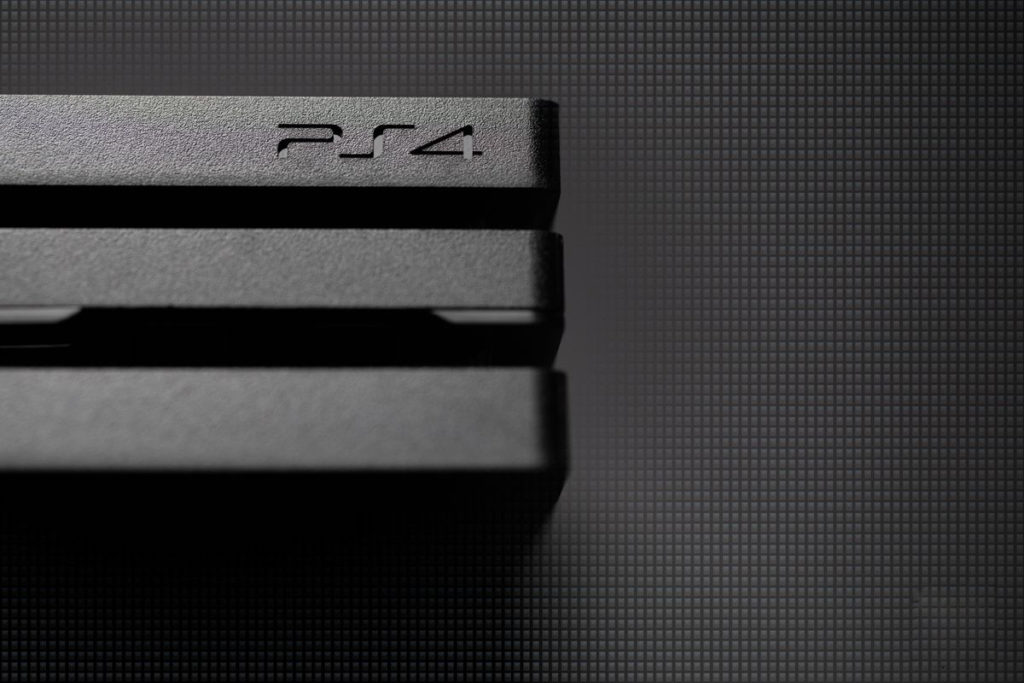
Nowhere is this discrepancy between modern games and early 3D more apparent than in an iconic scene in Uncharted 4. Partway through the game, series lead Nathan Drake and Elena Fisher plop down on a couch in their suburban home to play a video game. But not just any game: they pull out an original PlayStation and jump into some classic Crash Bandicoot action. The entirety of Crash, which was a blockbuster of its time, is available to play inside of a PS4 game. And Wells says it only took a single scripter to pull it off. “They’re barely recognizable as the same product,” he says.
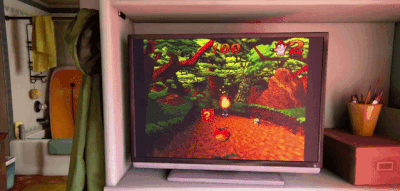
The big question is: what comes next? Sony has already revealed a few details on the PlayStation 5, which is expected to launch late next year. The new console will have updated controllers with haptic feedback, ray-tracing and 8K graphics, and a revamped user interface, in addition to the traditional boost in processing power. But there’s one feature, in particular, that has Wells excited for how it will impact Naughty Dog games: an internal solid-state drive that Sony says will create near-instant load times.
“I think it will allow us to deliver the content in a way that has no friction for the players,” he says. “They’ll never have to wait to dive back into their games.”

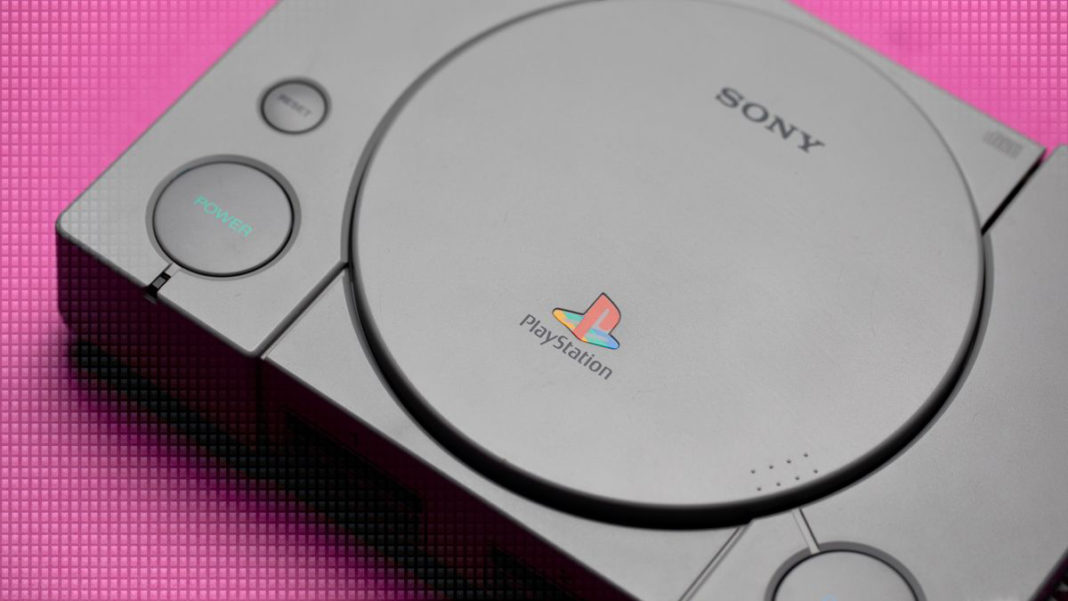











![Hotstar Premium Cookies 2019 [*100% Working & Daily Updated*] Hotstar Premium Cookies 2019 [*100% Working & Daily Updated*]](https://tahav.com/wp-content/uploads/2019/11/Hotstar-Premium-Cookies-Free-100x70.jpg)



